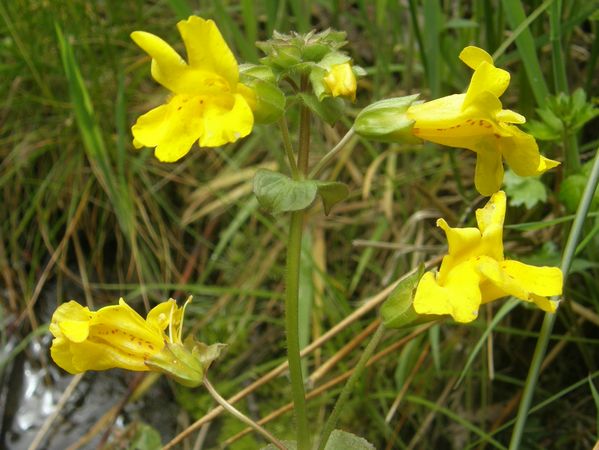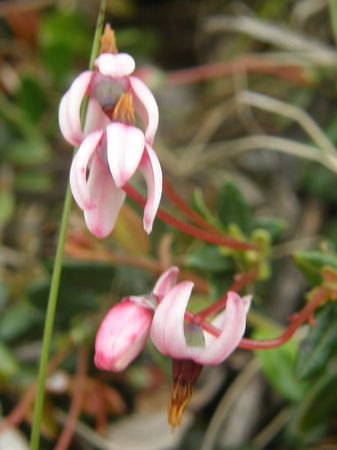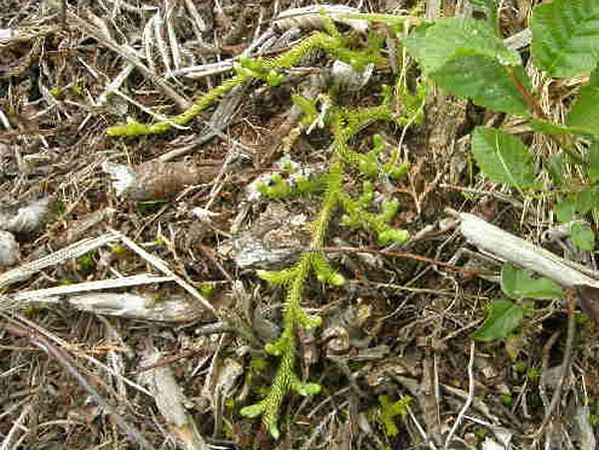 |
As the run-off subsides and the banks dry out, Lycopidum clavatum creeps slowly over the remnants of past years. |
| |
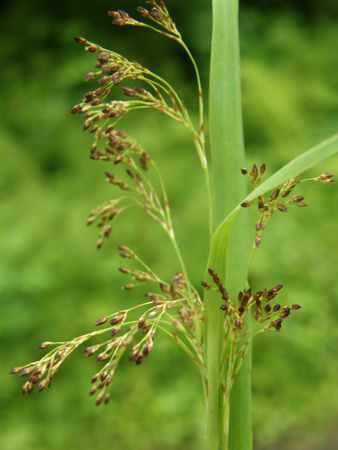 |
__ |
 |
| |
Common Wood-rush, Luzula multiflora, rush has two or three common names including Many-flowered Wood-rush, which describes this plant admirably.
Many of the flowers are nearly stalkless but usually on stiff branches.
|
|
|
|
| |
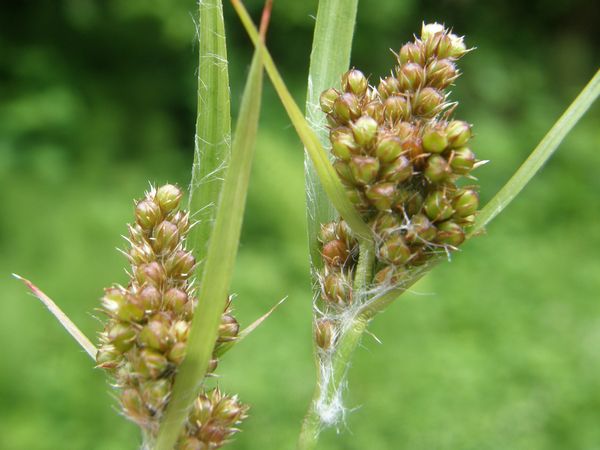 |
Field Wood-rush, Luzula campestris, is a relatively short plant. It is found on many grassland areas such as golf courses and ditches at the side of roads. The flower is a stemless cluster and is closely related to Luzula multiflors, shown earlier above. Both plants are native to large areas of North America. |
| |
|
Water Parsley, Oenanthe sarmentosa |
|
Another water lover is Water Parsley, Oenanthe sarmentosa, which is a semi-aquatic plant. It grows to three feet high with weak ribbed hollow stems. Part of the plant may root if the growth nodes touch the ground. |
|
| |
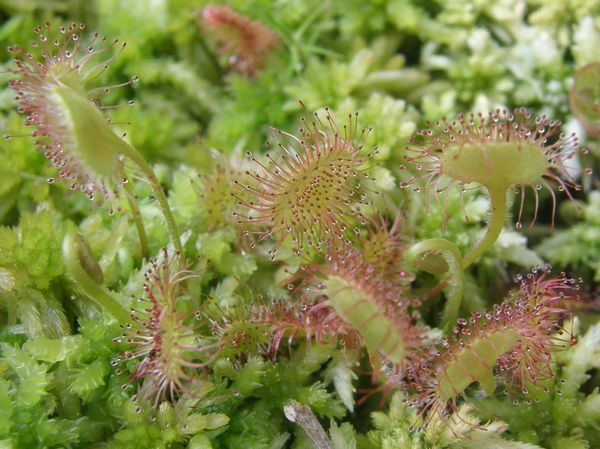 |
One of the flowers in the wild that feeds on insects is this strange plant, the Round-leaved Sundew, Drosera rotundifolia. Insects are attracted to it by the glistening bright red colour. |
| | |
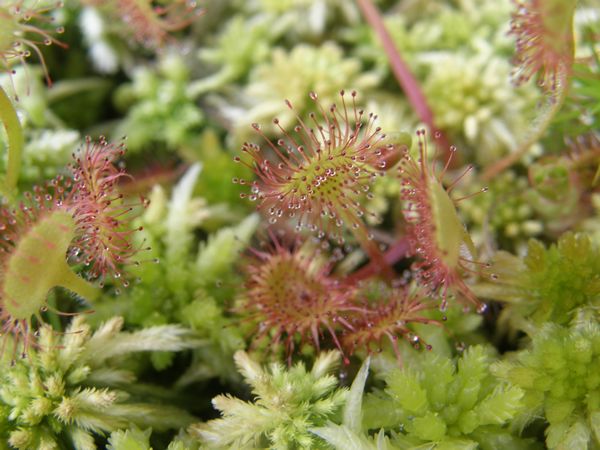 |
Sweet sugar-tasting drops of a liquid substance cover the leaves of this plant. It thrives in wetlands and can be found in many areas of North America including Alaska. |
| |
|
Monkey Flower, Mimulus guttatus |
One of the most studied wildflowers is the common Monkey Flower, Mimulus guttatus. This flower loves the water and grows well along the banks of steams and seepage areas.
It is a well-known shaped flower and can be found in western North America. |
__ |
|
| | |
|
|
 |
As the run-off on the rock side subsides and the banks dry out, Lycopidum clavatum creeps slowly over the the remnants of past years. |
| |
|
The Small Cranberry Flower, Oxycoccus oxycoccos, is native to the bogs on the west coast and along ditches at the side of the roads where runoff and heavy rains create a perfect habitat.
It is a trailing plant and travels freely in all directions from its roots. |
|










